1. Saffron: The Red Gold
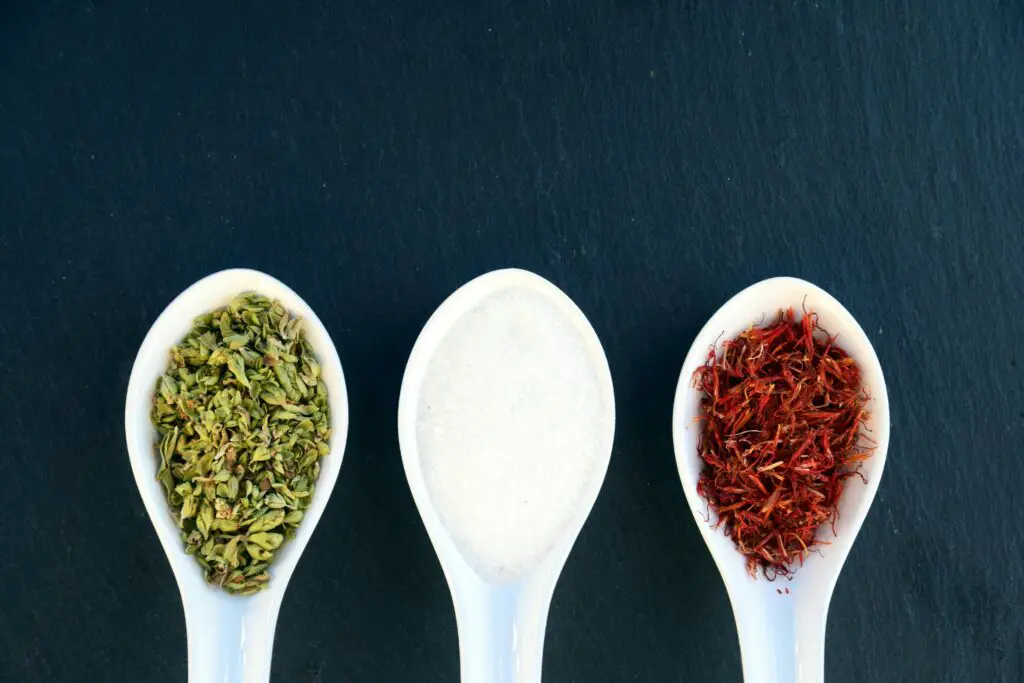
Saffron is known as the world’s most expensive spice, and for good reason. Harvested from the delicate stigma of crocus flowers, it takes tens of thousands of blossoms to produce just a single pound. This labor-intensive process is one of the reasons why saffron has been valued like gold throughout history. In fact, during the Middle Ages, it was so highly prized that it was often used as currency in parts of Europe.
Today, saffron still remains a luxury item, though its price has slightly fluctuated. It’s often used in Mediterranean, Indian, and Persian cuisines to add a rich, golden color and a distinct floral flavor. However, due to its rarity, it’s often replaced with less expensive alternatives that mimic its color, though none can quite capture its unique aroma. True saffron is still rare and expensive, making it a treasure for chefs and home cooks alike.
2. Vanilla: The Orchid of Richness
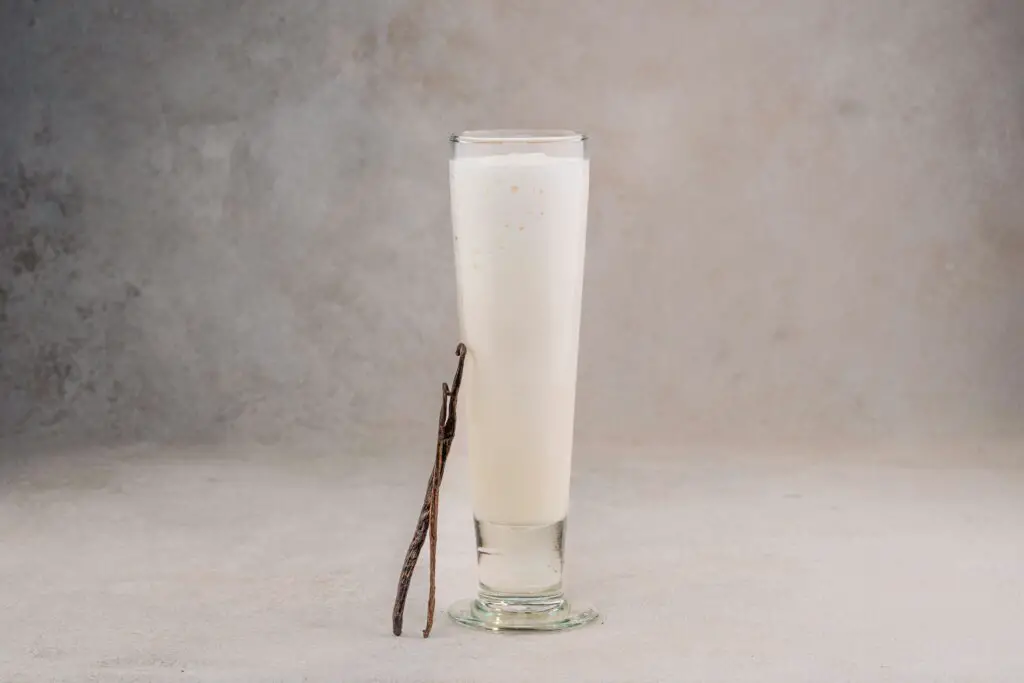
Vanilla, like saffron, used to be reserved for only the wealthiest of tables. Indigenous to Mexico, the vanilla orchid requires careful pollination, which in ancient times was done by hand. The vanilla bean itself is also incredibly labor-intensive to harvest, as the pods must be cured and dried before they release their characteristic sweet fragrance. During the 19th century, vanilla was so costly that it was often considered a luxury reserved for only the most opulent kitchens.
While vanilla is much more accessible today thanks to global cultivation, the finest vanilla beans are still considered a prized commodity. Madagascar, one of the primary producers, continues to face challenges with weather and labor costs, which keeps premium vanilla at high prices. Real vanilla extract, especially the purest forms, remains significantly more expensive than synthetic vanilla flavoring, making it a special treat for bakers and pastry chefs.
3. Pepper: The King of Spices
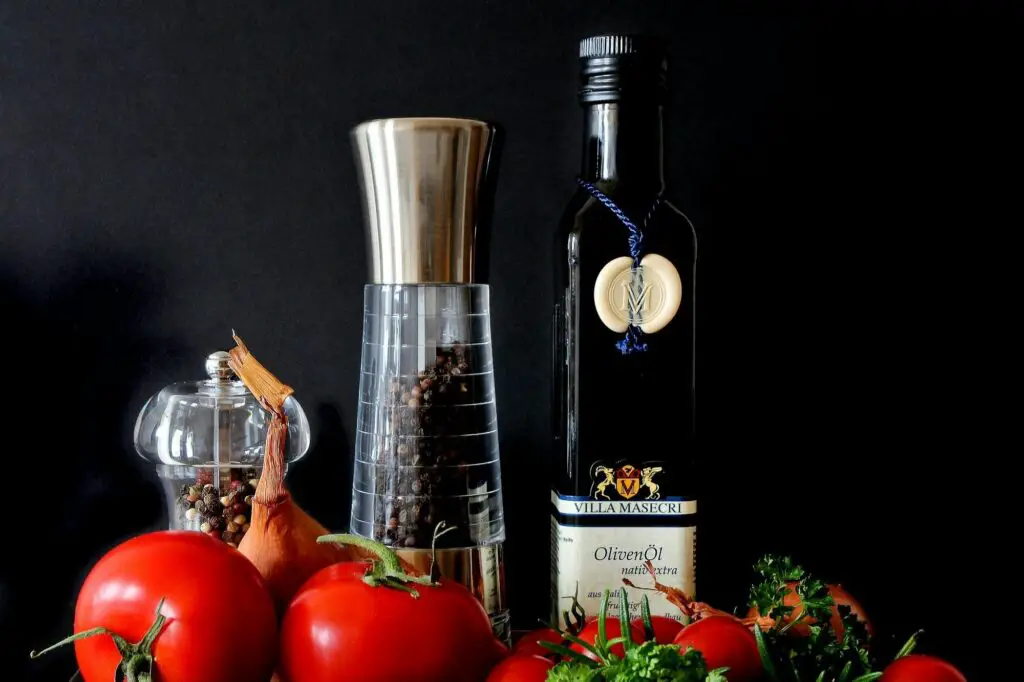
Pepper is one of the oldest and most historically valuable spices, often referred to as “black gold.” For centuries, it was used as currency, and its trade helped drive the exploration of new lands during the Age of Discovery. Its appeal was not just in its flavor, but in its perceived medicinal properties, which made it even more desirable. As a result, the spice trade routes, particularly between India and Europe, were heavily reliant on pepper, with traders seeking to monopolize its supply.
Today, pepper is no longer as scarce, but it is still highly coveted in its rarest forms. Peppercorns like the Malabar or the Sarawak varieties can command high prices, and freshly cracked black pepper remains a staple in kitchens around the world. Despite its availability, pepper retains an air of exclusivity, particularly when sourced from specialized, small-scale farms.
4. Nutmeg: A Once Forbidden Treasure
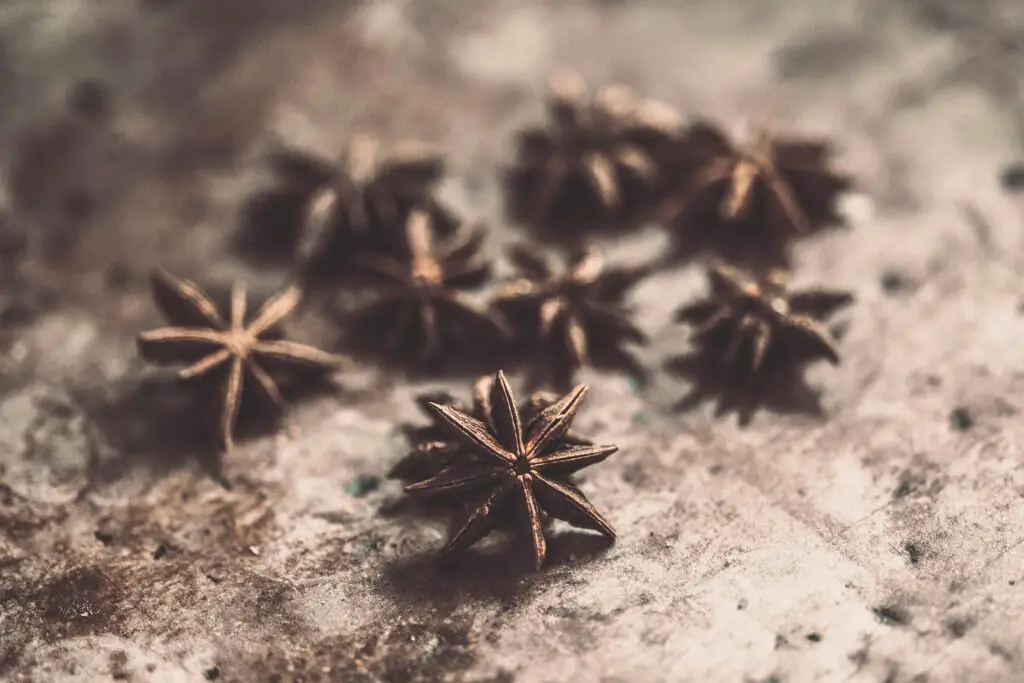
Nutmeg was once so valuable that it became a symbol of wealth and power during the spice trade. In the 16th and 17th centuries, European colonial powers fought to control the spice’s lucrative trade, especially on the islands of Indonesia. Nutmeg was often thought to have magical properties, and it was believed to ward off the plague, making it an essential item for the wealthy elite. It was so highly sought after that it was often worth more than its weight in gold.
Though nutmeg is more commonly found in kitchens today, it remains an exotic spice with a rich history. The rarest and most flavorful nutmeg comes from small, traditional farms in the Spice Islands of Indonesia, where the fruits are harvested by hand. Despite its availability, fresh nutmeg can still be hard to come by, and the best quality versions retain their historical allure.
5. Cloves: The Spice of Trade Wars
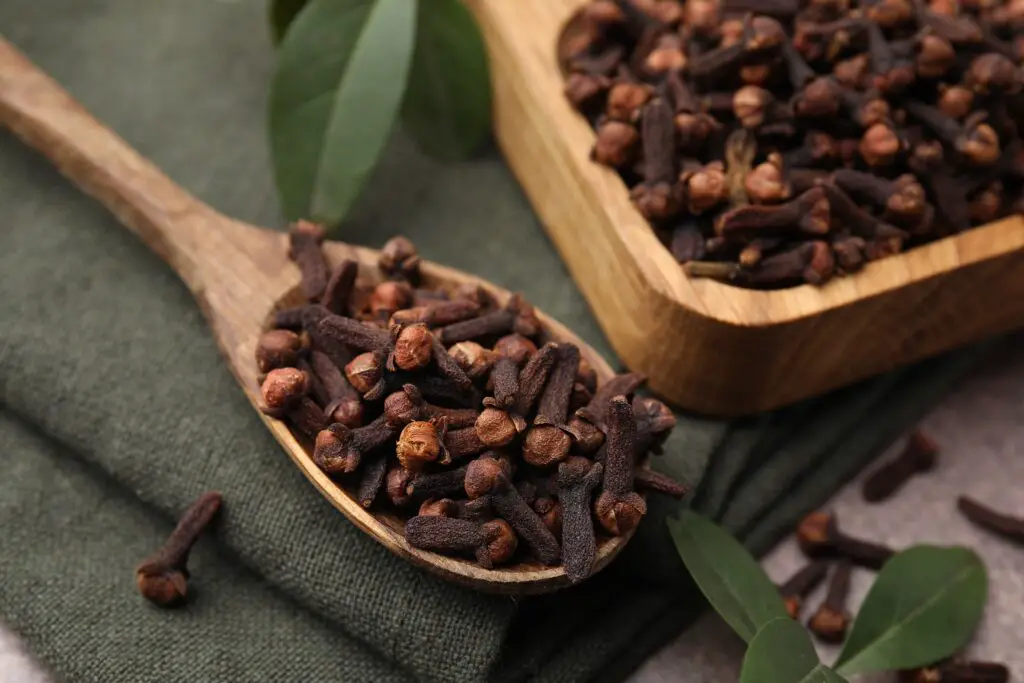
Cloves, like nutmeg, played a pivotal role in the spice trade and were once worth their weight in gold. The clove trade, centered around the Maluku Islands (the Spice Islands), was so valuable that it fueled centuries of colonial conflict. Portuguese, Dutch, and English traders all fought for control of the islands, and the trade in cloves made many a fortune. For a time, cloves were considered more precious than gold because of their rarity and the high demand for their flavor and supposed medicinal uses.
Today, cloves are still prized for their unique warm, aromatic flavor, particularly in both savory and sweet dishes. While they’re not as rare as they once were, true, high-quality cloves are still somewhat difficult to find, especially those from specific regions with perfect growing conditions. Many of the best cloves are still sourced from small-scale farms in Southeast Asia, where they are carefully harvested and dried to preserve their bold, spicy flavor.
6. Cardamom: The Queen of Spices
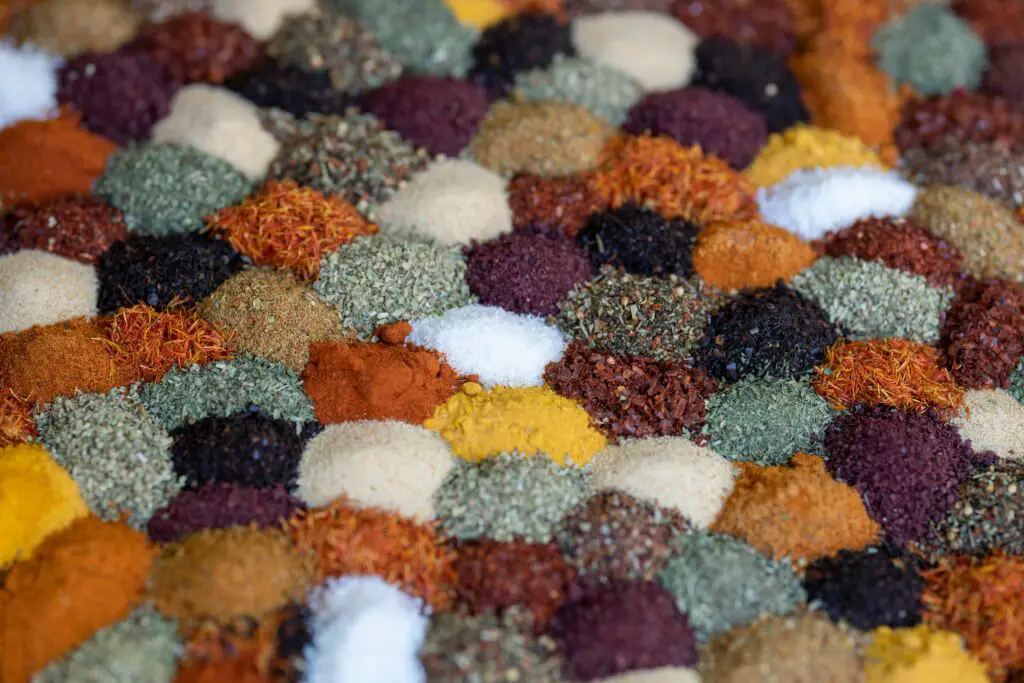
Cardamom is often called the “queen of spices” due to its incredible versatility and complex flavor profile. Its seeds, which are extracted from pods, are laboriously harvested and dried, contributing to its historical value. In ancient times, cardamom was used not just in cooking but also in perfumery and medicine. For centuries, it was highly coveted in the Middle East and Europe, often traded as a luxury item. Its cost was so high that cardamom was often associated with wealth and nobility.
Today, cardamom remains one of the most expensive spices, though it is still used widely in both savory and sweet dishes. The most prized varieties, such as those from Guatemala or India, are known for their intense aroma and flavor. Despite being more accessible than in centuries past, it remains a sought-after spice for its exotic flavor, used by chefs around the world to elevate their culinary creations.
